Coronavirus Australia: Mandatory vaccination impossible dilemma for employers, employees

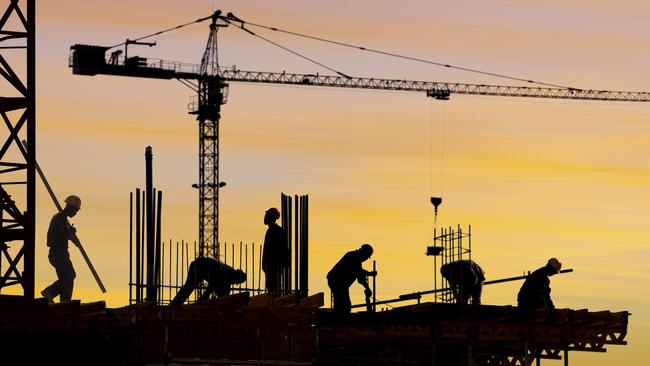
On one hand, those heading in that direction, such as SPC and airlines, are being threatened with union work bans, unfair dismissal claims and a raft of other actions.
But on the other, as I will explain below, the occupational heath and safety rules in each case demand that employers create a safe workplace.
Directors, Cabinet ministers and top management of both private and government activities who do not provide a safe workplace face long jail sentences in most states and territories and in Victoria they could be given a 25-year sentence if there is a death.
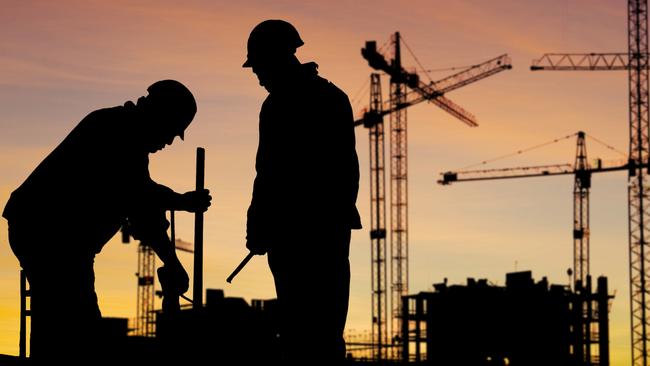
But employees may also face big penalties — and even jail--- in some states if they attend a work site unvaccinated---particularly once vaccinations are available to all.
Accordingly, employers and employees in both small or large operations, privately or government owned therefore face a set of almost impossible dilemmas.
The only way around these dilemmas is for the occupational, health and safety authorities, called WorkSafe or SafeWork, in each state to make a determination as to whether the mixing of vaccinated and unvaccinated people on a worksite creates an unsafe worksite. This will become particularly important once vaccinations are available to all. Australia has a unique opportunity to lead the world on this issue.
If the state authorities made such a declaration, it would make the Scott Morrison aim to get Australians 80 per cent vaccinated well before the end of the year a very achievable task providing there is sufficient vaccine.
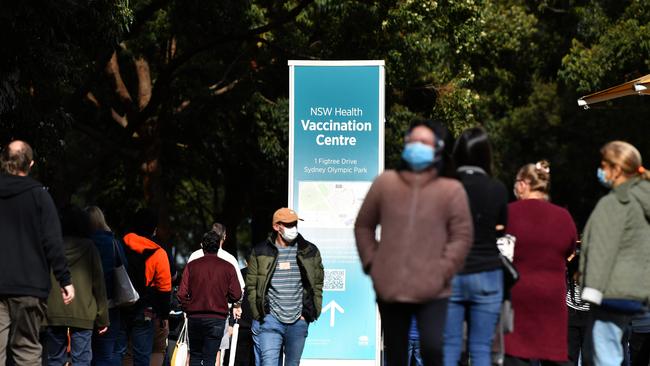
Under the formula established by the national cabinet, lockdowns and most restrictions would end if every state reached an 80 per cent vaccination target.
I am going to use the Victorian WorkSafe act but SafeWork or WorkSafe bodies in other states or territories have similar provisions in their Acts.
The Victorian Act clearly states that the duty placed on employers is to provide and maintain a safe working environment for employees, so far as is reasonably practicable. (s. 21(1))
But workers also have obligations. All workers must take reasonable care for their own safety and also for the safety of all others who maybe affected by their acts or omissions while at work and must also co-operate with their employer with respect to any action taken by the employer to comply with its own obligations under the OHS Act or regulations. (s. 25)
These are incredibly powerful requirements for both employees and employers and they are linked.
In some states the WorkSafe/SafeWork bodies are aligned with ALP politics and unions and often have a close relationship with the construction industry.
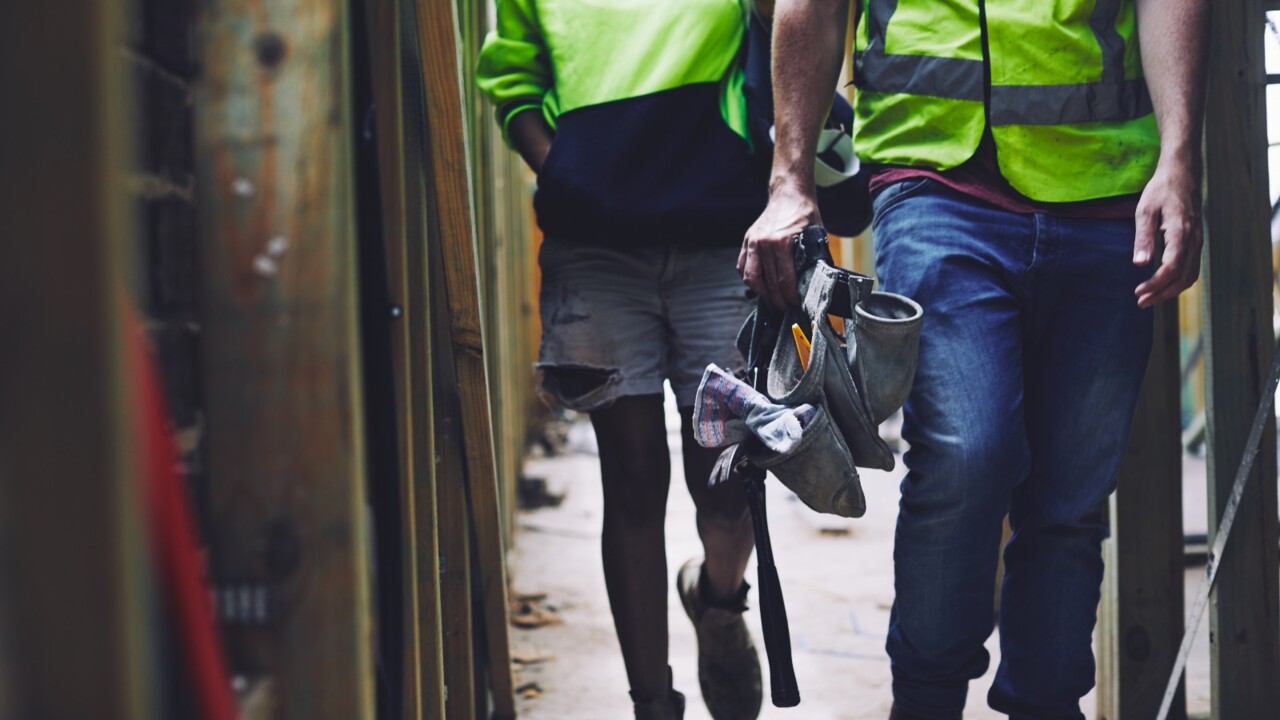
Irrespective of those connections, neither workers nor employers want to attend or operate work sites where everyone is in danger of breaking the law and facing big fines or jail sentences.
Such a situation would bring Australia to its knees so it becomes vital for the nation that these SafeWork/WorkSafe bodies make a determination. It would be wonderful for Australia if they all made the same determination but given the politics and the different acts that may be difficult.
It could be argued that because vaccination does not prevent infection it should not be made compulsory. Conversely it substantially reduces the symptoms and the chance of hospitalisation and almost eliminates the death impact.
Unvaccinated people who go onto a work site where they mingle with both the unvaccinated and vaccinated people who are infected are in an extremely unsafe position. There is a chance of death.
Does that mean that mixing vaccinated and unvaccinated people will be unsafe under the various occupational, health and safety legislations? The people who wrote the law were not thinking of a pandemic. The legislation was aimed at much more conventional accidents. But clearly the mixing of vaccinated and unvaccinated people on a worksite creates a very high risk for the unvaccinated.
Therefore, to use the language of the lawyers, in the absence of determinations by the bodies, on the face of it and given what all governments and their respective health experts have told us we are to believe about COVID-19, particularly the Delta variant, employers have a clear duty to ensure their employees are vaccinated and employees have a clear duty to get vaccinated as soon as possible.
Once an employee has had a reasonable opportunity to be vaccinated it is reasonably practicable for the employee’s employer to mandate vaccination or be in contravention of its duty under the act. If an employee refuses to be vaccinated they must resign or be refused admission to the workplace by the employer.
A large number of enterprises involve work that can be done completely from home any worksite declaration would accelerate that trend. But a substantial proportion of work requires at least some attendance at work sites. Governments in every state and in the Commonwealth should urge their WorkSafe authorities to make a determination on this matter and if the state governments want an 80 per cent vaccination rate they have a means to achieve that objective – if their Safe/Work WorkSafe body agrees.


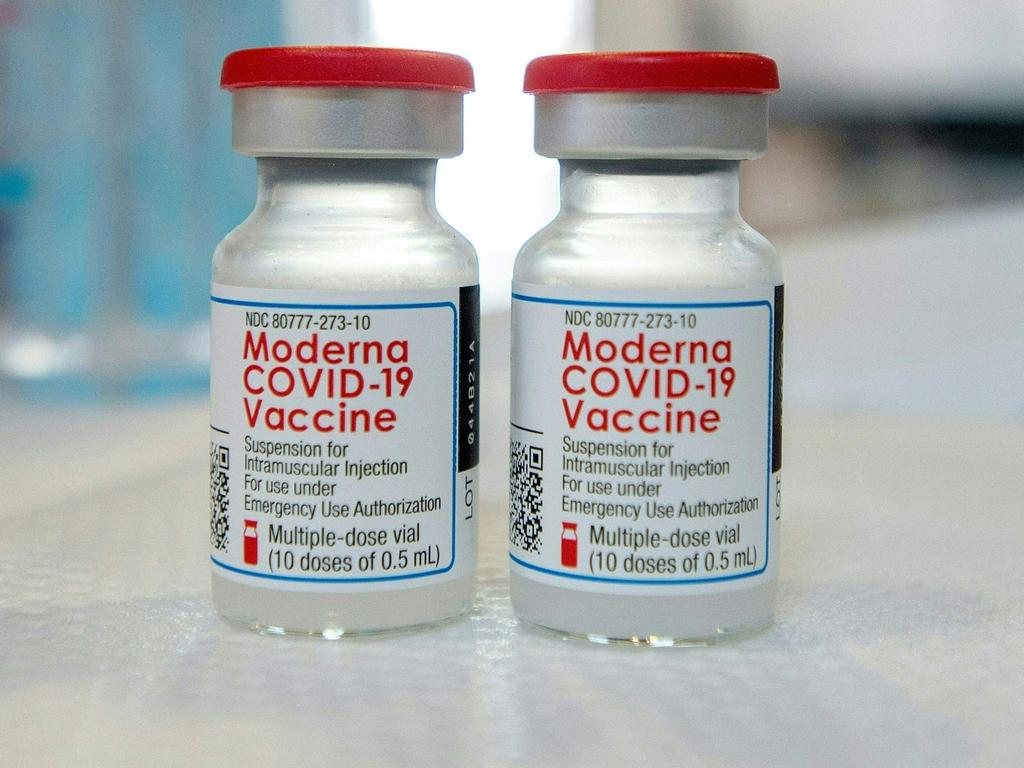




Employers in Australia face a terrible dilemma over whether to make Covid-19 vaccinations compulsory for all employees on a work site including offices.